Wholesale Prices On Jars
Making your own liquid soap, lotions, sugar and salt scrubs? You need Jars from the Jar Store.
Also find Jars for candles, food storage, cookies, candy, and as gift containers for wedding favors at the Jar Store.
.
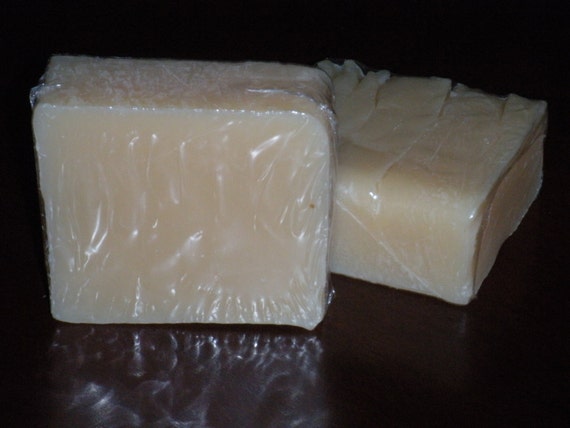
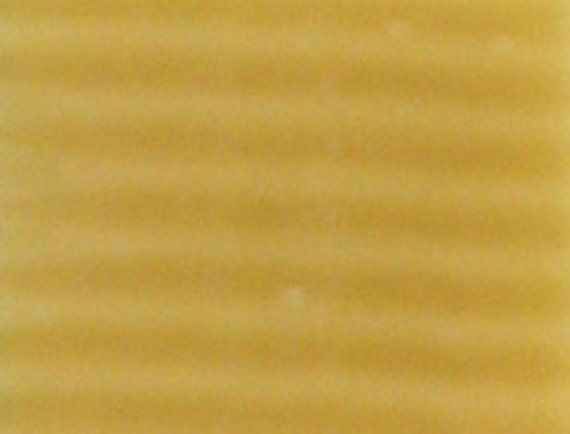
 Photo by Jan Berry |
 Photo by Jan Berry |
 Photo by Jan Berry |
 Photo by Jan Berry |
 |
Jan Berry
Hobby Farms Guest Blogger
Jan is a goat-chasing, soap-making, homeschooling farm wife who loves vintage tea cups,
word games and turning weeds into beautiful things. She joins the Craft
Hub each month with DIY body care recipes and projects. She can also be
found at her blog, The Nerdy Farm Wife.
|
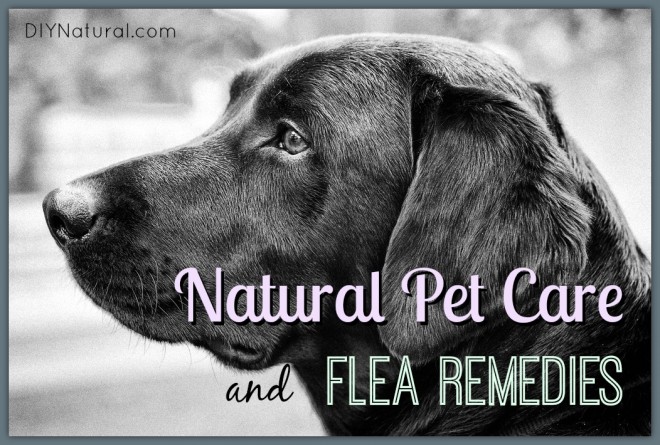
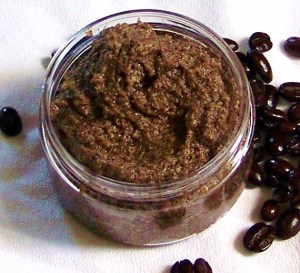
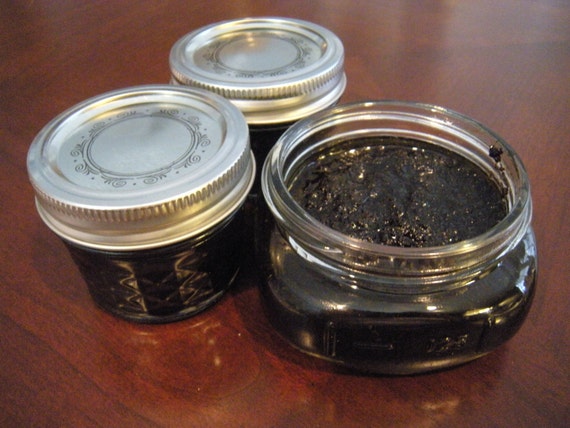
 The Test
The Test
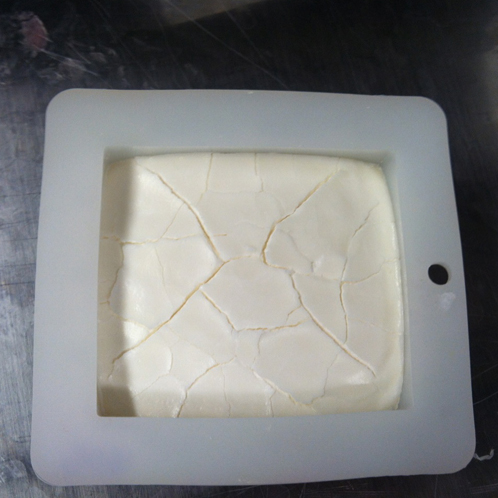













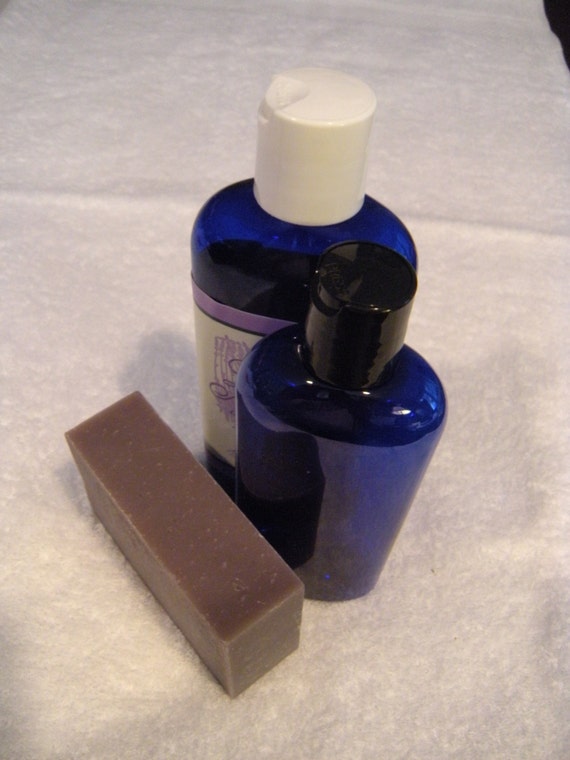 Touch and fragrance combine
when you massage with this natural lavender body oil. Soothing to the
skin, this oil blend encourages the "letting go" of muscle tension.
Touch and fragrance combine
when you massage with this natural lavender body oil. Soothing to the
skin, this oil blend encourages the "letting go" of muscle tension.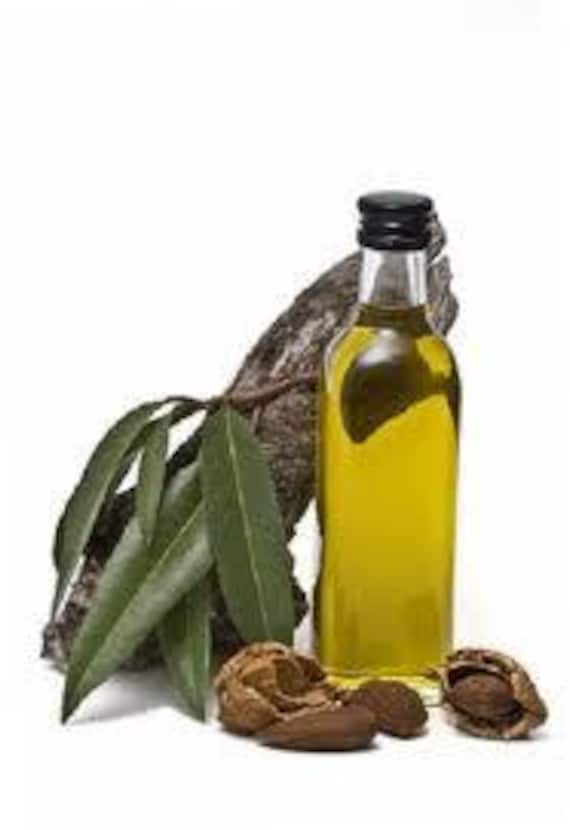 The
fragrance of Honey almond is blended into Grapeseed oil resulting in a
rich body massage oil for yourself or as a gift for those you care
about.
The
fragrance of Honey almond is blended into Grapeseed oil resulting in a
rich body massage oil for yourself or as a gift for those you care
about.
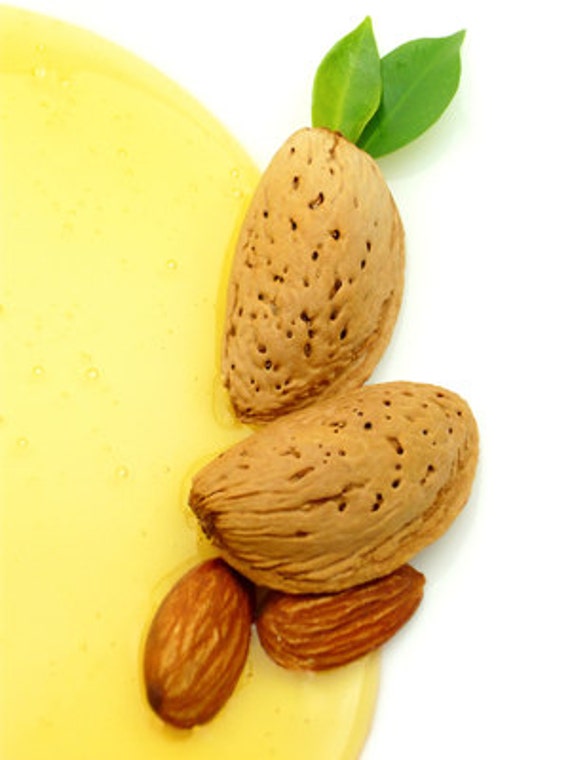
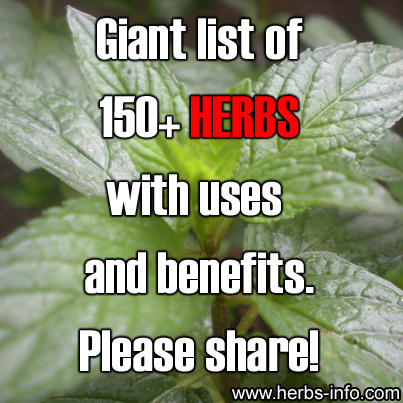 Visit:
Visit:  Agrimony
| Ajwain | Alfalfa | Allspice | Aloe Vera | Althaea Officinalis (Marsh
Mallow) | Amla | Angelica | Angostura | Anise | Arabian Jasmine | Arnica
| Arrach | Artemisia | Asafoetida | Bashful Mimosa | Basil | Bay Laurel
| Bean | Bears Breech | Betony | Bitter Melon | Black Pepper |
Blackberry Bush | Blumea Camphor | Borage | Brooklime | Bryony | Bugle |
Burdock | Cacao | Calendula | Canella | Capers | Cardamom | Cascara
Sagrada | Catnip | Cat's Whiskers | Cayenne | Celery | Centory |
Chamomile | Chervil | Chinese Honeysuckle | Chives | Cilantro | Cinnamon
| Clavo Huasca | Clove | Coltsfoot | Comfrey | Cordyceps | Cumin |
Dandelion | Deadly Nightshade | Dill | Echinacea | Elder | Epazote |
Female Peony | Fennel | Fenugreek | Feverfew | Five Leaved Chaste Tree |
Frankincense | Galangal | Garlic | Gentian | Ginger | Gingko Biloba |
Ginseng | Goat's Rue | Goji | Golden Seal | Gotu Kola | Green Tea |
Guarana | Guava | Hearts Ease | Heavenly Elixir | Hedge Nettle | Henna |
Hibiscus | Hollyhocks | Holy Basil | Honeysuckle | Hops | Horny Goat
Weed | Horseradish | Horsetail | Hyacinth | Indian Laurel | Jew's Mallow
| Juniper | Kava | Ladies Mantle | Lady's Thistle | Lavender | Lead
Tree | Lemon Balm | Lemongrass | Licorice | Lily of the Valley | Male
Satyrion | Marjoram | Milk Thistle | Moringa | Mountain Apple | Mugwort |
Mullein | Neem | Nelumbo Nucifera | Nutmeg | Nymphaea Caerulea | Onion |
Oregano | Orris Root | Paprika | Parsley | Passion Flower | Pepper
Elder | Plantain | Primrose | Queen's Flower | Red Clover | Reishi |
Rhubarb | Ringworm Bush | Rooibos | Rosemary | Rue | Saffron | Sage |
Saw Palmetto | Senna | Slippery Elm | Snake Needle Grass | Snakeweed |
Soapnuts | Solomon's Seal | Spearmint | Spiny Sapindus | St. John's Wort
| St Thomas Bean | Star Anise | Starfruit | Stinging Nettle | Sweetsop |
Tamarind | Tarragon | Tea | Thyme | Turmeric | Uva-Ursi | Vanilla |
Vervain | Water Hyssop | Wild Oregano | Wild Tea | Witch Hazel | Yerba
Mate | -
Agrimony
| Ajwain | Alfalfa | Allspice | Aloe Vera | Althaea Officinalis (Marsh
Mallow) | Amla | Angelica | Angostura | Anise | Arabian Jasmine | Arnica
| Arrach | Artemisia | Asafoetida | Bashful Mimosa | Basil | Bay Laurel
| Bean | Bears Breech | Betony | Bitter Melon | Black Pepper |
Blackberry Bush | Blumea Camphor | Borage | Brooklime | Bryony | Bugle |
Burdock | Cacao | Calendula | Canella | Capers | Cardamom | Cascara
Sagrada | Catnip | Cat's Whiskers | Cayenne | Celery | Centory |
Chamomile | Chervil | Chinese Honeysuckle | Chives | Cilantro | Cinnamon
| Clavo Huasca | Clove | Coltsfoot | Comfrey | Cordyceps | Cumin |
Dandelion | Deadly Nightshade | Dill | Echinacea | Elder | Epazote |
Female Peony | Fennel | Fenugreek | Feverfew | Five Leaved Chaste Tree |
Frankincense | Galangal | Garlic | Gentian | Ginger | Gingko Biloba |
Ginseng | Goat's Rue | Goji | Golden Seal | Gotu Kola | Green Tea |
Guarana | Guava | Hearts Ease | Heavenly Elixir | Hedge Nettle | Henna |
Hibiscus | Hollyhocks | Holy Basil | Honeysuckle | Hops | Horny Goat
Weed | Horseradish | Horsetail | Hyacinth | Indian Laurel | Jew's Mallow
| Juniper | Kava | Ladies Mantle | Lady's Thistle | Lavender | Lead
Tree | Lemon Balm | Lemongrass | Licorice | Lily of the Valley | Male
Satyrion | Marjoram | Milk Thistle | Moringa | Mountain Apple | Mugwort |
Mullein | Neem | Nelumbo Nucifera | Nutmeg | Nymphaea Caerulea | Onion |
Oregano | Orris Root | Paprika | Parsley | Passion Flower | Pepper
Elder | Plantain | Primrose | Queen's Flower | Red Clover | Reishi |
Rhubarb | Ringworm Bush | Rooibos | Rosemary | Rue | Saffron | Sage |
Saw Palmetto | Senna | Slippery Elm | Snake Needle Grass | Snakeweed |
Soapnuts | Solomon's Seal | Spearmint | Spiny Sapindus | St. John's Wort
| St Thomas Bean | Star Anise | Starfruit | Stinging Nettle | Sweetsop |
Tamarind | Tarragon | Tea | Thyme | Turmeric | Uva-Ursi | Vanilla |
Vervain | Water Hyssop | Wild Oregano | Wild Tea | Witch Hazel | Yerba
Mate | -






